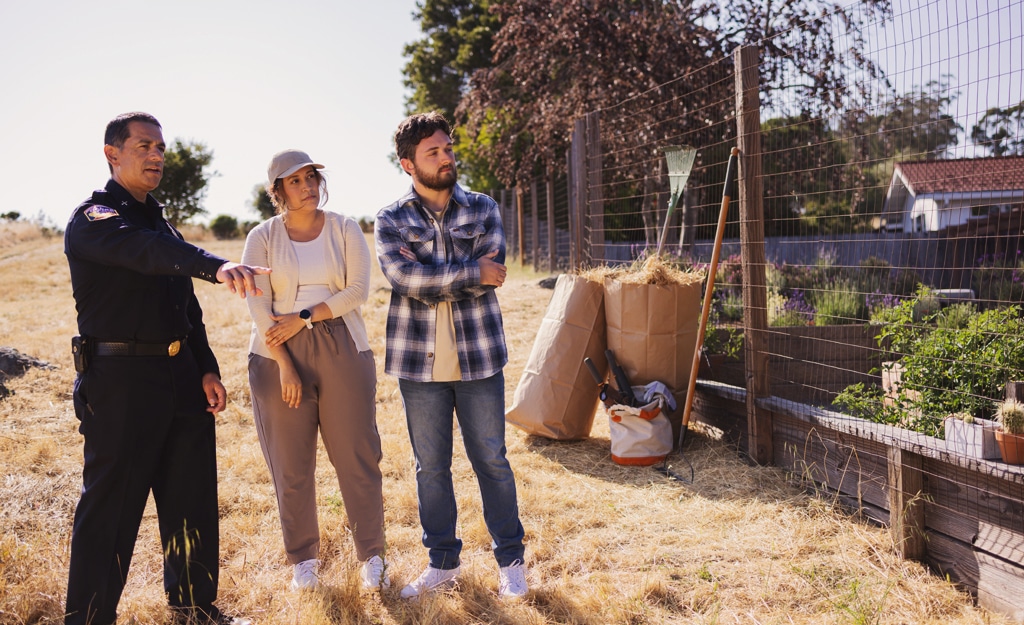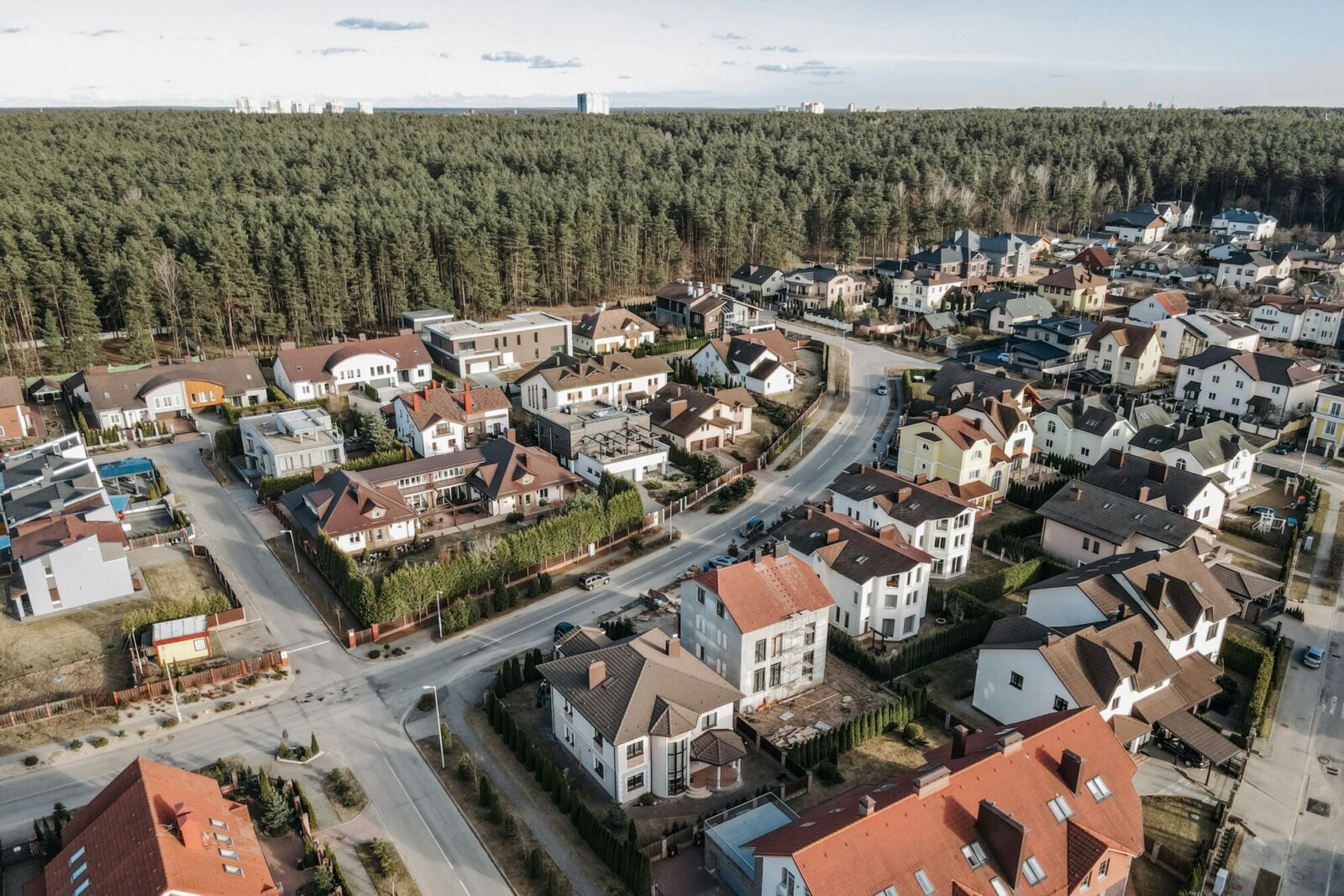Landowner Assistance
Prepare your property to prevent wildfire with our expert advice.

Supporting landowners in California’s wildfire battle
California is struggling with an escalating wildfire crisis, fueled by years of fire suppression and the growing effects of climate change. This has led to larger and more intense wildfires across the state.
To address this, there are specialized programs available that provide expert advice, financial help, and grants. These are aimed at organizations and private landowners undertaking projects to boost the health and productivity of their lands, which in turn helps reduce the wildfire threat.
Learn more about these support programs below.
Your role in reforestation
Reforestation is key to building sustainable forests for the future. Here’s how it works:
- Collecting & planting seeds: We gather cones based on their location and elevation, then plant the seeds to grow new, healthy trees.
- Benefits for everyone: Reforestation improves air and water quality, supports wildlife, increases biodiversity, and strengthens forest resilience.
Reforestation resources for landowners
Grants
Many state and federal agencies have grant programs that administer funds for projects that help support their direct mission and the state of California’s mission to reduce greenhouse gas emissions, improve public health and the environment. Learn more about these grant programs below:
Understanding high fire-threat districts by CPUC
The California Public Utilities Commission (CPUC) maps out areas at risk for wildfires linked to utility power lines and equipment, labeling them as high fire-threat districts (HFTDs). These are split into three levels of risk: extreme (Tier 3), elevated (Tier 2), and those tied to tree mortality (Tier 1). You can see these zones on the map below.
CPUC High Fire-Threat Districts
Keeping vegetation clear from utility equipment
Vegetation touching power lines can spark wildfires, and utility equipment can sometimes fail, adding to the risk. CAL FIRE enforces laws to keep areas around power lines and poles clear of vegetation to reduce these dangers. For a deeper look into the rules and who’s responsible, CAL FIRE’s Utility Wildfire Mitigation Program page has all the info, including links and detailed guidance.
Vegetation management resources
- Pacific Gas and Electric (PG&E) Wood Management Program
- PG&E: Trees and Power Lines
- Southern California Edison: Let’s Keep Trees Away From Power Lines
Utility companies’ role in wildfire prevention
The Office of Energy Infrastructure Safety mandates that investor-owned and public utility companies create and submit Wildfire Mitigation Plans (WMPs) to show how they’re working to reduce wildfire risks from their operations. These plans are carefully reviewed and need approval from the right authorities, ensuring that both public and private utilities are doing their part to prevent wildfires.
Investor-owned utility WMPs are reviewed and approved by Energy Safety, and publicly-owned utility WMPs are reviewed and approved by the Wildfire Safety Advisory Board. Below are links to the WMPs.
Caltrans’ efforts in vegetation management
Caltrans is also on the front lines, managing roadside vegetation to prevent fires. They have a variety of resources and programs in place to address tree mortality and keep roadsides safe from fire risks. For more information, see the links below:
Learn more about wood management with our free guide
Interested in how you can manage wood and vegetation on your property to prevent wildfires? Check out our free wood management brochure for tips and strategies to keep your area safe.
